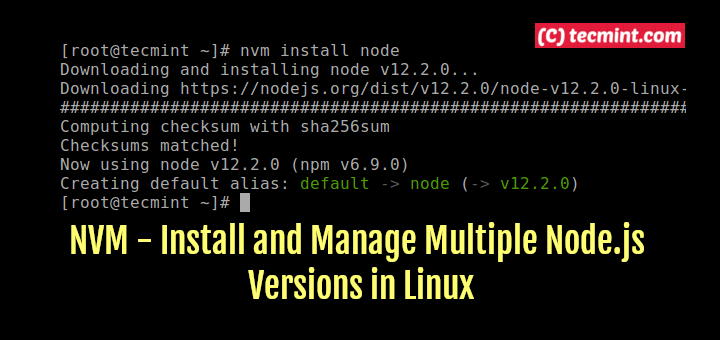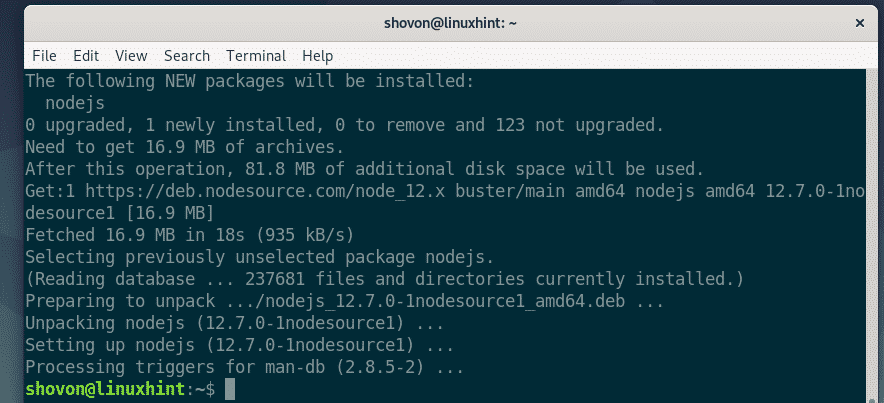

Note that this assumes bluepill is installed as a system gem. Task :start, :roles => :app, :except => doīefore 'deploy:setup', 'deploy:create_deploy_to_with_sudo'Īfter 'deploy:finalize_update', 'deploy:npm_install' Set :bluepill, '/var/lib/gems/1.8/bin/bluepill' Load 'config/deploy' # remove this line to skip loading any of the default tasksĪnd the capistrano file config/deploy.rb (change it to your EC2 hostname and github repo): Load 'deploy' if respond_to?(:namespace) # cap2 differentiator Then run a bundle to install all the required gems. This means you will need a ruby installed as well as a few gems. We use teamcity to run all of our tests and automatically deploy to our acceptance server with capistrano. Now your instance is ready to run a node.js server ( node server.js). Then we can download and install node (takes about 20 minutes to build):įinally we can download and install the node package manager (npm). $ sudo apt-get install build-essential libssh-dev git-core -y Shortly we can get down to the business at hand but first we need to install a few build tools. pem this point you will want to update your package list and perform all the upgrades for security purposes. After your instance is up and running, download the ssh identity file (*.pem) and ssh to your new server as the ubuntu user. You will want to setup your default Security Group (the AWS firewall) to allow inbound port 22 and 80 at a minimum ( read this for more information). Feel free to choose one that best suits your needs. The 64 bit ami for the us-east region is ami-63be790a. I choose to use Ubuntu 10.04 LTS because it will be supported until April of 2015. The guys over at do a great job of providing Amazon Machine Images (ami) that are production ready. I’m a huge fan of Debian and it’s progeny Ubuntu. After 12 months, the price will jump to roughly $15 a month. All you need to do is sign up with a new email address and provide a credit card. This is perfect for an acceptance server running node. Amazon Web Service (AWS) offers 12 months of a micro instance for free (as in beer) with 10 GB of disk and 613 MB of memory.

After nearly a month of beating my head against the wall that is hosted node.js stacks - with their fake beta invites and non-existent support - I decided it was time to take matters into my own hands.


 0 kommentar(er)
0 kommentar(er)
